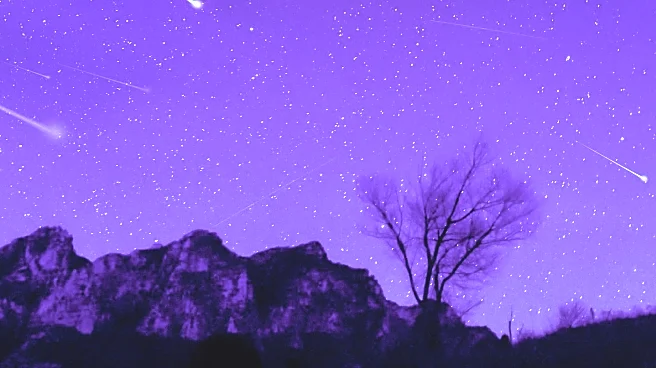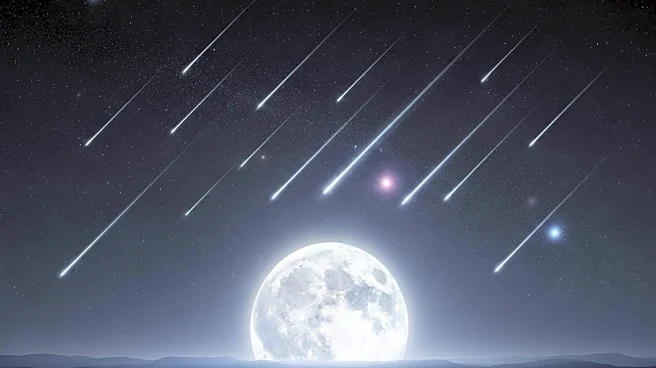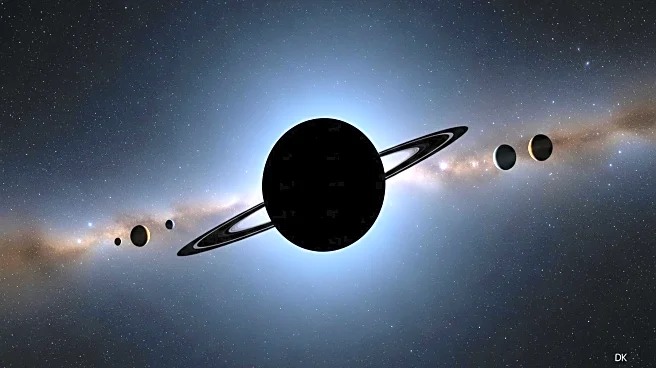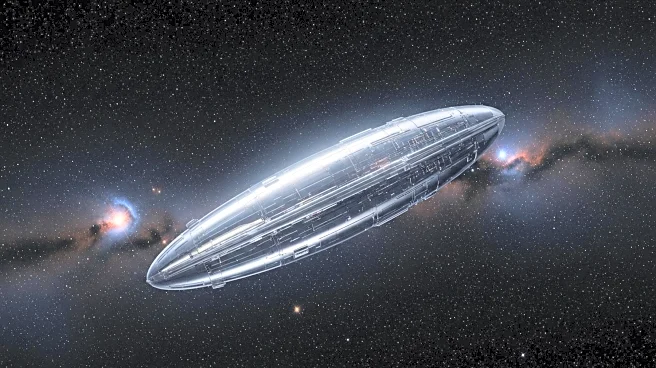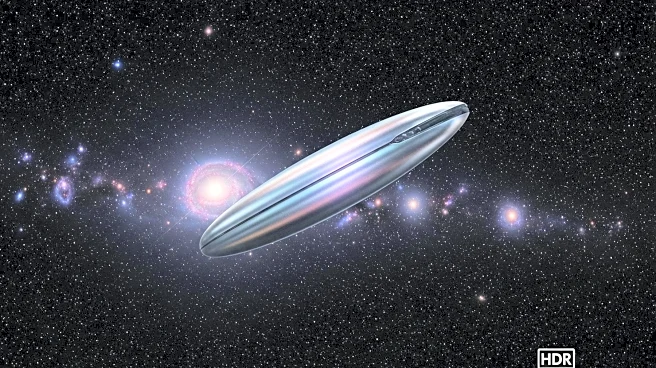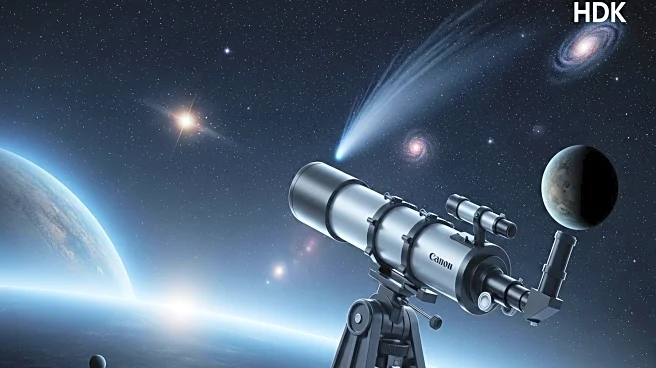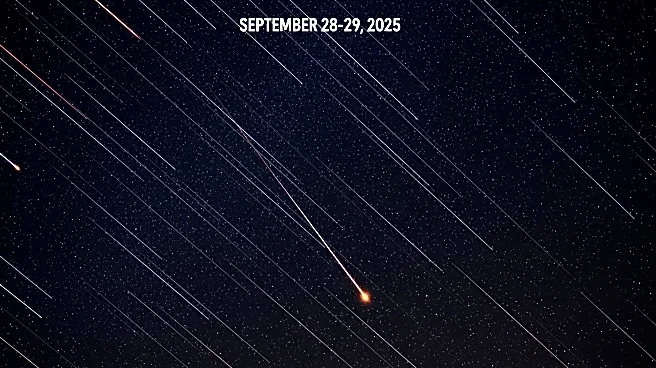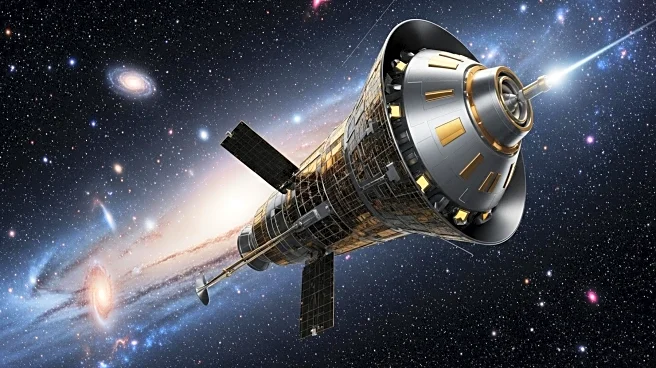What's Happening?
October presents a series of celestial events for stargazers, including a supermoon and two meteor showers. On October 5, the moon will align with Saturn and Neptune, visible above the eastern horizon. The first full supermoon of the year will occur on October 6, appearing larger and brighter than usual. The Draconid meteor shower will peak on October 8, although the bright moon may obscure some meteors. The Pleiades star cluster will be visible alongside the moon on October 10, and a crescent moon will align with Jupiter and Venus on October 16. The Orionid meteor shower, originating from Halley’s comet, will peak on October 20-21, offering a dazzling display under dark skies.
Why It's Important?
These astronomical events provide unique opportunities for both amateur and professional astronomers to observe and study celestial phenomena. The supermoon and meteor showers offer educational and recreational experiences, encouraging public interest in astronomy and science. The visibility of these events across the northern and southern hemispheres allows for widespread participation and appreciation of the night sky. Additionally, such events can inspire interest in space exploration and scientific research, fostering a greater understanding of our universe.
What's Next?
Stargazers are encouraged to prepare for these events by finding locations with minimal light pollution to maximize visibility. Observers can use telescopes or binoculars to enhance their viewing experience, particularly for events involving planets and star clusters. Astronomy clubs and observatories may host public viewing events, providing educational resources and guidance. As these celestial events unfold, they may also be documented and shared through social media and scientific platforms, contributing to ongoing discussions and studies in the field of astronomy.

